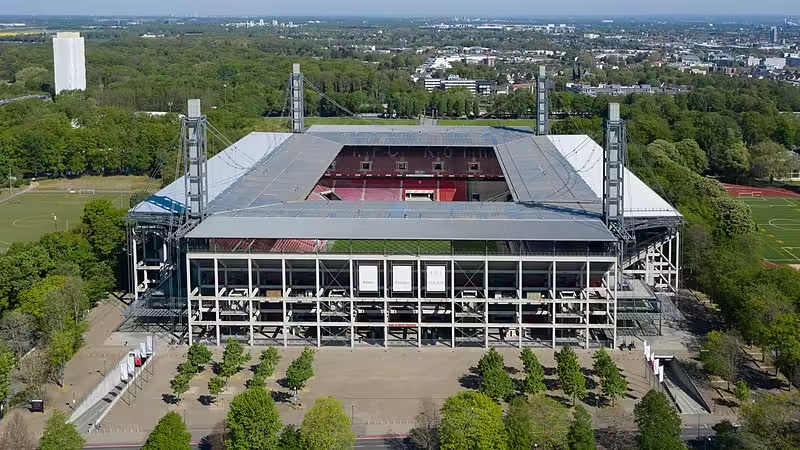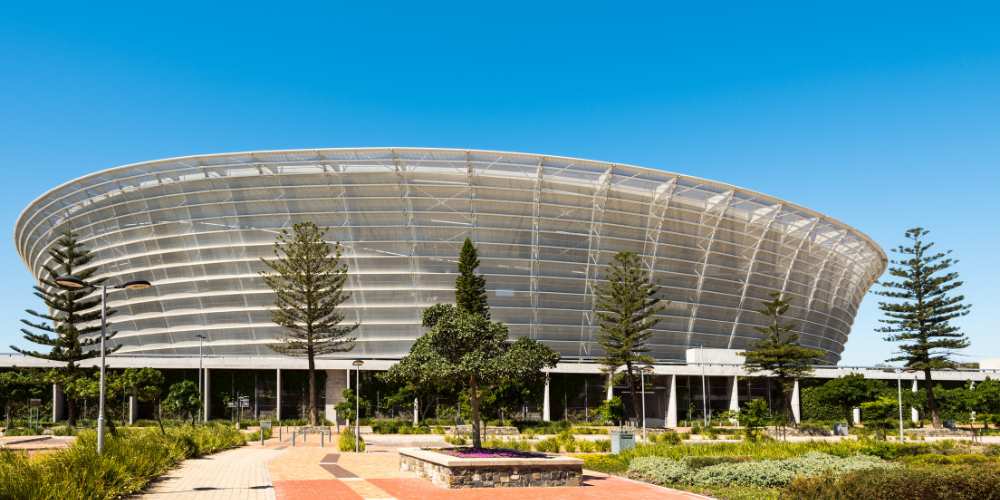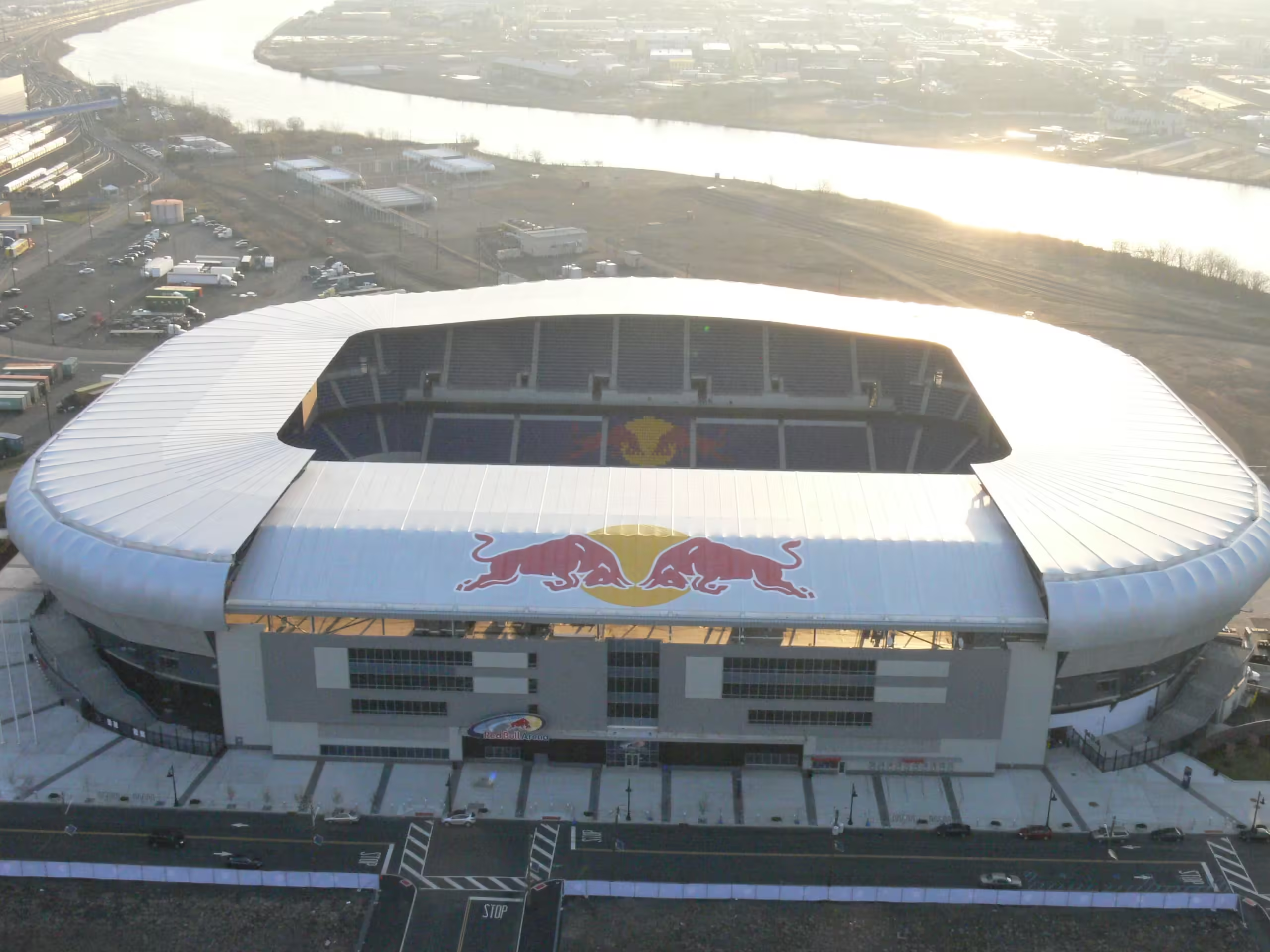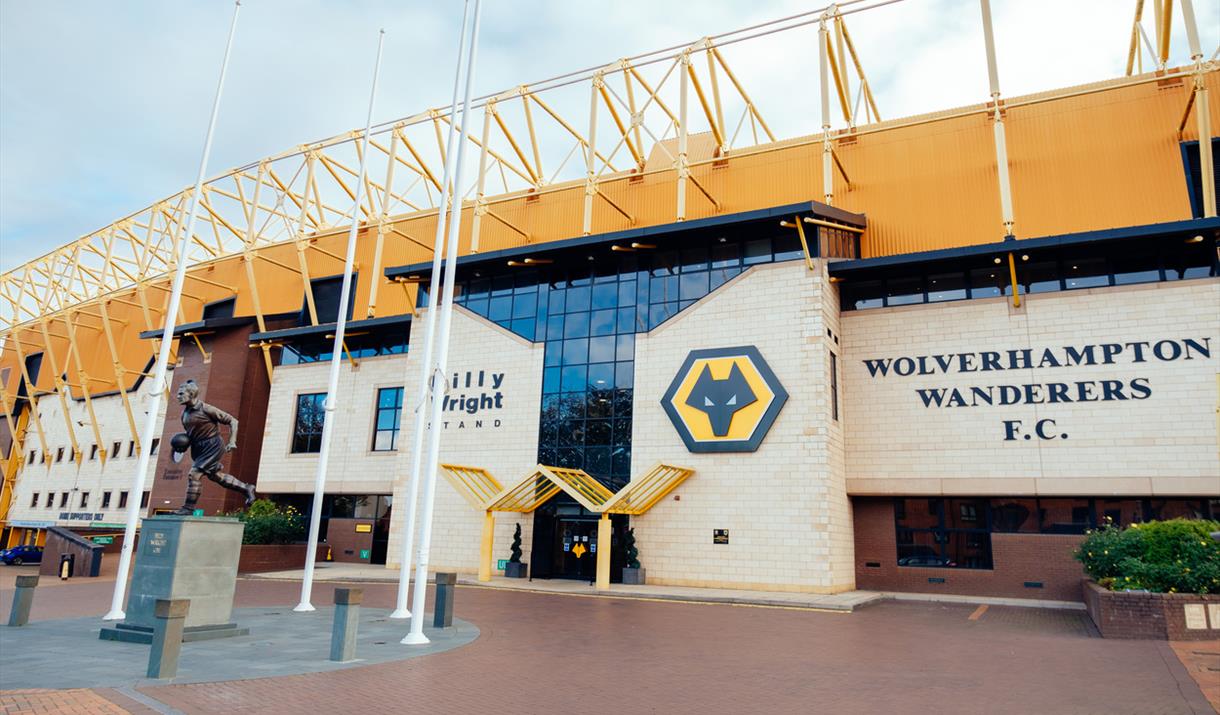RheinEnergieStadion is a football stadium located in Cologne, Germany. It is the home stadium of 1. FC Köln, a professional football club that competes in the Bundesliga, the top tier of German football. The stadium has a seating capacity of 50,000, making it one of the largest football stadiums in Germany.
The stadium was built between 2002 and 2004, and it replaced the old Müngersdorfer Stadion that had been the home of 1. FC Köln since 1948. The new stadium was constructed in time for the 2006 FIFA World Cup, which was held in Germany. The stadium hosted five games during the tournament, including four group matches and a round of 16 match.
Since its opening, RheinEnergieStadion has hosted numerous other sporting and cultural events, including concerts, ice hockey games, and American football matches. The stadium has also been used as a venue for international football matches, including UEFA Euro 2024. With its modern facilities and prime location, RheinEnergieStadion is a popular destination for fans of football and other sports.
Key Takeaways
-
- RheinEnergieStadion is a modern football stadium located in Cologne, Germany that can seat up to 50,000 spectators.
- The stadium was built between 2002 and 2004 and has hosted numerous sporting and cultural events, including the 2006 FIFA World Cup and UEFA Euro 2024.
- With its prime location and state-of-the-art facilities, RheinEnergieStadion is a popular destination for fans of football and other sports.
History
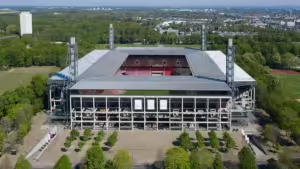
Construction
RheinEnergieStadion, formerly known as Müngersdorfer Stadion, is a football stadium located in Cologne, Germany. The stadium was built on the site of the two previous Müngersdorfer stadiums. The construction of the stadium started in 1972 and was completed in 1975. It was designed by the architect Fritz Schaller, who also designed the Olympiastadion in Munich. The stadium has a rectangular shape and four steel towers.
Inauguration
The stadium was inaugurated on September 16, 1975, with a friendly match between 1. FC Köln and Fortuna Düsseldorf. The inaugural match ended in a 2-2 draw. The stadium has a capacity of 50,000 spectators, and it is the home of the local Bundesliga club 1. FC Köln.
Renovations
The first major renovation of the stadium took place between 2002 and 2004, in preparation for the 2006 FIFA World Cup. The renovation included the installation of a new roof, new seats, and the construction of a new VIP area. The stadium was renamed RheinEnergieStadion after the energy company RheinEnergie AG bought the naming rights. The stadium hosted five matches during the 2006 FIFA World Cup, including the quarterfinal between Italy and Ukraine.
Since then, the stadium has undergone several minor renovations, including the installation of a new sound system and the replacement of the pitch. In 2016, the stadium was used as a venue for the UEFA Europa League Final between Liverpool and Sevilla.
Overall, the RheinEnergieStadion is a modern and well-equipped stadium that has hosted several important football matches over the years.
Structure and Facilities
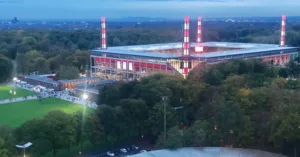
Seating Capacity
RheinEnergieStadion Stadium, located in Cologne, Germany, has a total seating capacity of 49,000. The stadium is designed to provide an incredible experience for fans attending various sporting events and concerts. The seating arrangement is divided into four stands, namely the North, South, East, and West stands. The West stand is further divided into two tiers, the lower and upper tiers. The upper tier of the West stand provides an excellent view of the entire pitch.
Field Dimensions
The playing surface at RheinEnergieStadion Stadium measures 105 meters in length and 68 meters in width. The pitch is made of natural grass and is well-maintained to ensure the highest quality playing surface for the players.
Lighting and Sound
The stadium is equipped with state-of-the-art lighting and sound systems. The lighting system is designed to provide optimal visibility for players and spectators during evening games. The sound system is designed to provide clear and crisp audio for announcements, music, and other events.
The stadium also has other facilities such as a press room, VIP lounges, and conference rooms. The VIP lounges provide a luxurious experience for guests with comfortable seating and excellent views of the pitch.
In conclusion, RheinEnergieStadion Stadium is a modern and well-equipped stadium that provides an excellent experience for both players and spectators. With its impressive seating capacity, high-quality playing surface, and state-of-the-art lighting and sound systems, the stadium is a top choice for sporting events and concerts in Cologne, Germany.
Events and Usage
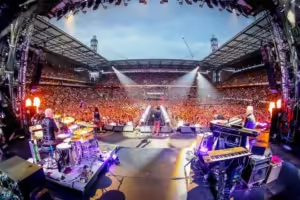
Football Matches
RheinEnergieStadion is home to FC Köln, a German football club that competes in the Bundesliga. The stadium has a seating capacity of 50,000 spectators, making it one of the largest football stadiums in Germany. The stadium has been the venue for several important football matches including the 2006 FIFA World Cup.
Concerts
In addition to football matches, RheinEnergieStadion has hosted numerous concerts by world-renowned artists. The stadium has a unique atmosphere that makes it a popular venue for concerts. The stadium has hosted concerts by artists such as Bon Jovi, Bruce Springsteen, and The Rolling Stones.
Other Events
RheinEnergieStadion is a versatile venue that can be used for a wide range of events. The stadium has been used for conferences, trade shows, and other events. The stadium has a range of facilities that can be adapted to suit different events. The stadium has a large parking area, making it easy for visitors to access the venue.
Overall, RheinEnergieStadion is a popular venue for a wide range of events. The stadium has a unique atmosphere that makes it a popular choice for football matches, concerts, and other events. The stadium’s versatility and range of facilities make it an ideal venue for a wide range of events.
Location and Accessibility
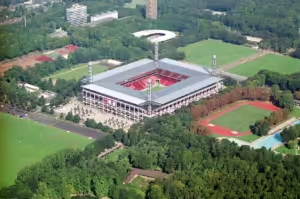
The RheinEnergieStadion, located in Cologne, Germany, is a modern stadium that is easily accessible by public transportation and car. The stadium is situated in the Müngersdorf district of the city, approximately 6.5 kilometers west of the city center.
Transport Links
The stadium is well-connected by public transportation, making it easy for fans to reach the venue. There are several bus and tram stops within walking distance of the stadium, and the nearest train station, Bahnhof Köln-Müngersdorf/Technologiepark, is just a 10-minute walk away. The station is served by regional trains and S-Bahn lines S12 and S13.
Parking
For fans who prefer to drive to the stadium, there are several parking lots available. The stadium has a total of 4,000 parking spaces, including 300 reserved for disabled visitors. Parking spaces can be reserved in advance through the stadium’s website.
The stadium also offers a Park & Ride service, which allows visitors to park their cars at designated locations and take a shuttle bus to the stadium. This service is available on match days and other major events.
Overall, the RheinEnergieStadion is a well-located and easily accessible venue, with a range of transportation options for fans.
Economic Impact
Local Economy
RheinEnergieStadion Stadium, located in Cologne, Germany, has had a significant impact on the local economy. According to a study by the University of Cologne, the stadium generates an estimated €70 million per year for the city’s economy [1]. The stadium attracts thousands of visitors each year, who spend money on hotels, restaurants, and other local businesses.
In addition to generating revenue for the local economy, the stadium has also helped to boost the city’s reputation. Hosting international events such as the Euro 2024 football tournament has put Cologne on the map and attracted even more visitors to the city.
Employment
RheinEnergieStadion Stadium has also had a positive impact on employment in the local area. The stadium employs over 100 people directly, and many more indirectly through the various businesses that support the stadium [2]. The stadium also creates temporary jobs during events, such as security personnel, ticket takers, and food vendors.
Overall, RheinEnergieStadion Stadium has had a significant economic impact on the local area. Its contribution to the local economy and employment opportunities make it an important asset to the city of Cologne.
References:
Frequently Asked Questions
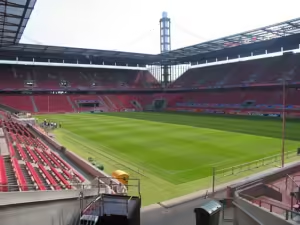
What is the seating capacity of Cologne’s major football stadium?
RheinEnergieStadion, the primary football stadium in Cologne, has a seating capacity of 50,000. The stadium was renovated for the 2006 World Cup at a cost of €120 million and is home to 1. FC Köln.
How can visitors find parking at the local football stadium in Cologne?
Visitors to the RheinEnergieStadion can find parking in the stadium’s parking lot, which has a capacity of 10,000 cars. Additionally, there are several parking garages in the surrounding area that offer parking for a fee.
What types of events are hosted at Cologne’s primary stadium?
In addition to football matches, RheinEnergieStadion hosts a variety of events throughout the year, including concerts, corporate events, and private events. The stadium also hosted matches during the 2006 FIFA World Cup.
What seating options are available for spectators at the Cologne football stadium?
Spectators at RheinEnergieStadion have a variety of seating options to choose from, including general admission seating, VIP seating, and luxury suites. The stadium also offers wheelchair-accessible seating.
How can tickets be purchased for matches at Cologne’s football stadium?
Tickets for matches at RheinEnergieStadion can be purchased online through the 1. FC Köln website or at the stadium’s box office on match days. It is recommended to purchase tickets in advance, as matches often sell out quickly.
What are the best seating sections for optimal views at the Cologne football stadium?
The best seating sections for optimal views at RheinEnergieStadion depend on personal preference and the type of event being attended. However, many spectators prefer the seating in the lower tier of the stadium, as it offers a closer view of the action on the field.
Read More
Olympiastadion Berlin: A Historic Venue for Sports and Events
Mbombela Stadium: A Modern Sporting Venue in South Africa
Tottenham Spurs Stadium: A Comprehensive Guide
King Power Stadium: Home of Leicester City Football Club
